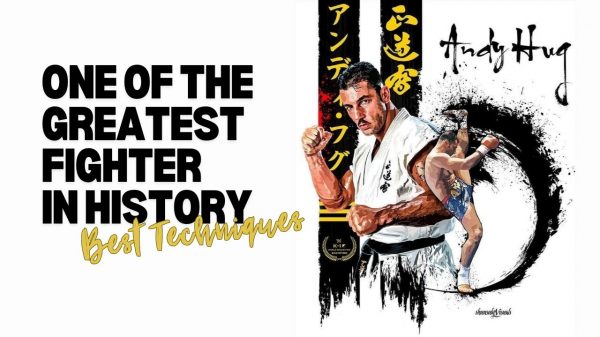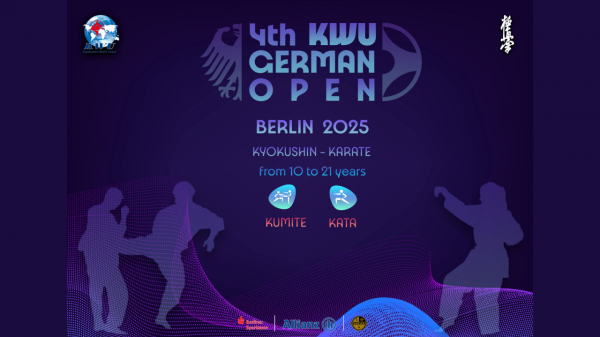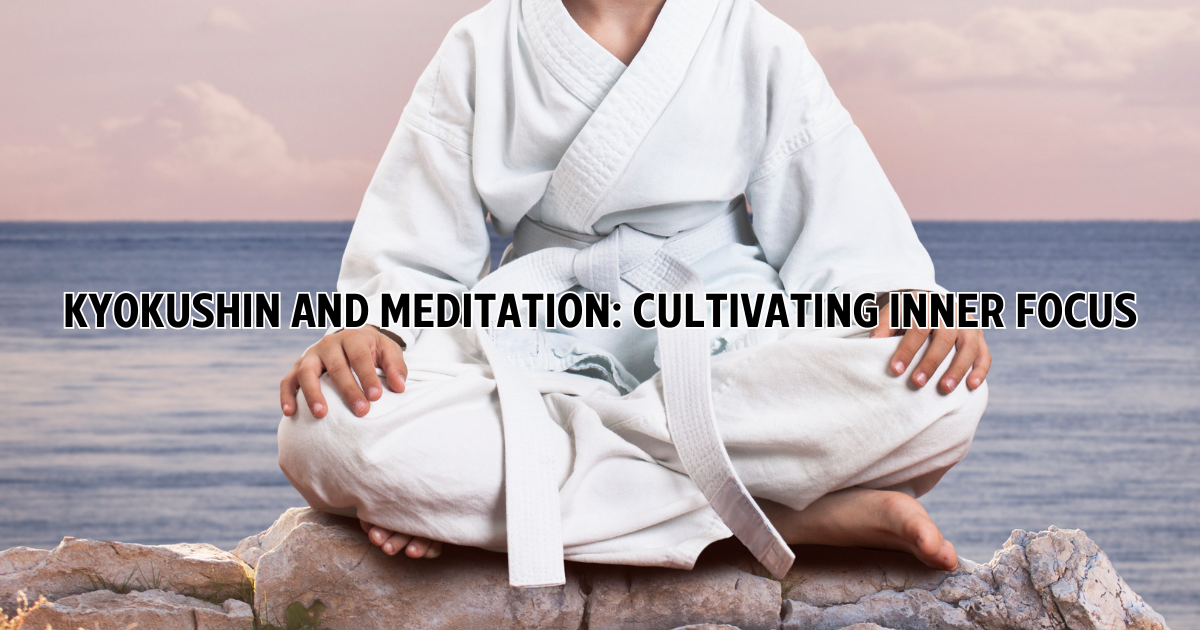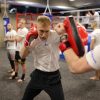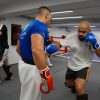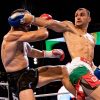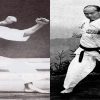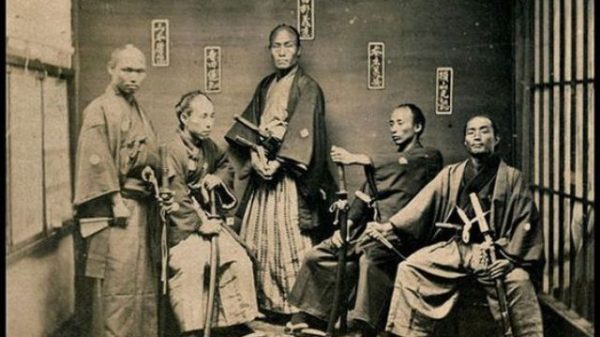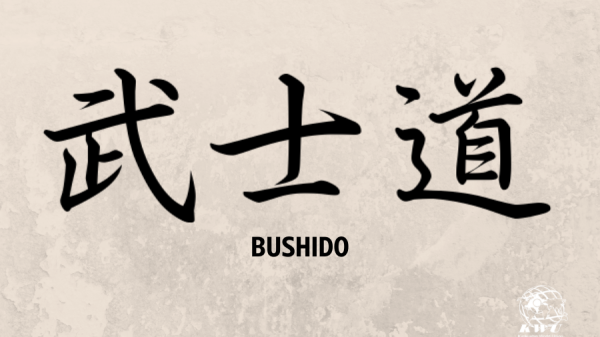Kyokushin training incorporates meditative aspects that go beyond physical techniques, emphasizing the cultivation of inner focus, mindfulness, and mental strength. While Kyokushin is known for its rigorous physical training, integrating meditation is crucial in enhancing a practitioner’s overall success. Here are several ways in which Kyokushin emphasizes inner focus through meditation:
- Zazen (Seated Meditation): Zazen, a form of seated meditation, is often incorporated into Kyokushin training to help practitioners develop mental focus and concentration. The practice involves sitting in a specific posture, focusing on the breath, and clearing the mind of distractions. This meditative exercise helps improve awareness, mental resilience, and staying calm under pressure.
- Mokuso (Meditative Posture): Before and after training sessions, Kyokushin practitioners often engage in Mokuso, a brief period of seated meditation. During Mokuso, practitioners close their eyes, focus on their breath, and center their thoughts. This practice helps them transition from daily concerns to a focused and present state, preparing mentally for training challenges.
- Visualization Techniques: Visualization is a form of meditation used in Kyokushin to enhance performance and technique. Practitioners mentally visualize themselves executing techniques with precision and success. This mental rehearsal helps reinforce muscle memory and builds confidence, improving overall performance in training and competitions.
- Mindful Breathing: Conscious control of the breath is a central aspect of meditation in Kyokushin. Practicing mindful breathing exercises teaches practitioners to regulate their breath, promoting relaxation, focus, and managing stress during intense training sessions and combat situations.
- Kiai Meditation: Kiai, the loud, spirited shout often heard in martial arts, is not only a physical expression but also a form of meditation. Generating a powerful kiai requires focused concentration, combining physical and mental energy. Practitioners learn to channel their inner strength and focus through kiai, enhancing their overall presence and effectiveness.
- Mushin (No-Mind): Mushin is a state of mind characterized by a lack of conscious thought or distraction. In Kyokushin, practitioners seek to cultivate Mushin during training and combat. This mental state allows for quick and decisive action, unburdened by doubt or hesitation. Meditation helps develop the ability to enter and maintain Mushin when needed.
- Post-Training Reflection: Kyokushin practitioners often engage in reflective meditation after intense training or sparring sessions. This allows them to review their performance, identify improvement areas, and set future training goals. Reflective meditation contributes to continuous self-evaluation and personal growth.
By integrating these meditative practices into Kyokushin training, practitioners develop physical strength and technical skills and cultivate a focused and disciplined mind. The ability to remain calm, centered, and mindful in the face of challenges is a valuable asset inside and outside the dojo, contributing to Kyokushin practitioners’ overall success and well-being.




